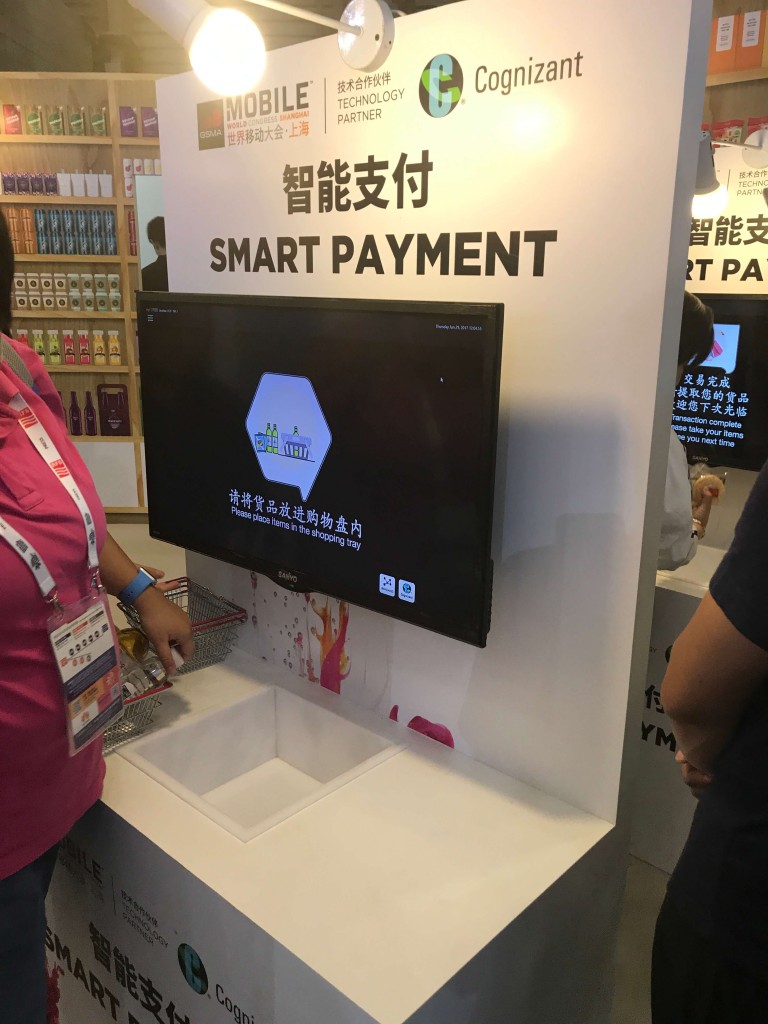We recently discussed the capabilities and benefits of TouchXPRT, CrXPRT, BatteryXPRT, and HDXPRT. This week, we’re focusing on MobileXPRT, an app that evaluates how well an Android device handles everyday tasks. Like the other XPRT family benchmarks, MobileXPRT is easy to use. It takes less than 15 minutes to run on most devices, runs relatable workloads, and delivers reliable, objective, and easy-to-understand results.
MobileXPRT includes five performance scenarios (Apply Photo Effects, Create Photo Collages, Create Slideshow, Encrypt Personal Content, and Detect Faces to Organize Photos). By default, the benchmark runs all five tasks and reports individual workload scores and an overall performance score.
MobileXPRT 2015 is the latest version of the app, supporting both 32-bit and 64-bit hardware running Android 4.4 or higher. To test systems running older versions of Android, or to test 32-bit performance on a 64-bit system, you can use MobileXPRT 2013. The results of the two versions are comparable.
MobileXPRT is a useful tool for anyone who wants to compare the performance capabilities of Android phones or tablets. To see test results from a variety of systems, go to MobileXPRT.com and click View Results, where you’ll find scores from many different Android devices.
If you’d like to run MobileXPRT:
Simply download MobileXPRT from MobileXPRT.com or the Google Play Store. The full installer package on MobileXPRT.com, containing both app and test data, is 243 MB. You may also use this link to download the 18 MB MobileXPRT app file, which will download the test data during installation. The MobileXPRT user manual provides instructions for configuring your device and kicking off a test.
If you’d like to dig into the details:
Check out the Exploring MobileXPRT 2015 white paper. In it, we discuss the MobileXPRT development process and details of the individual performance scenarios. We also explain exactly how the benchmark calculates results.
If you’d like to dig even deeper, the MobileXPRT source code is available to members of the BenchmarkXPRT Development Community, so consider joining today. Membership is free for members of any company or organization with an interest in benchmarks, and there are no obligations after joining.
If you haven’t used MobileXPRT before, give it a shot and let us know what you think!
Justin














